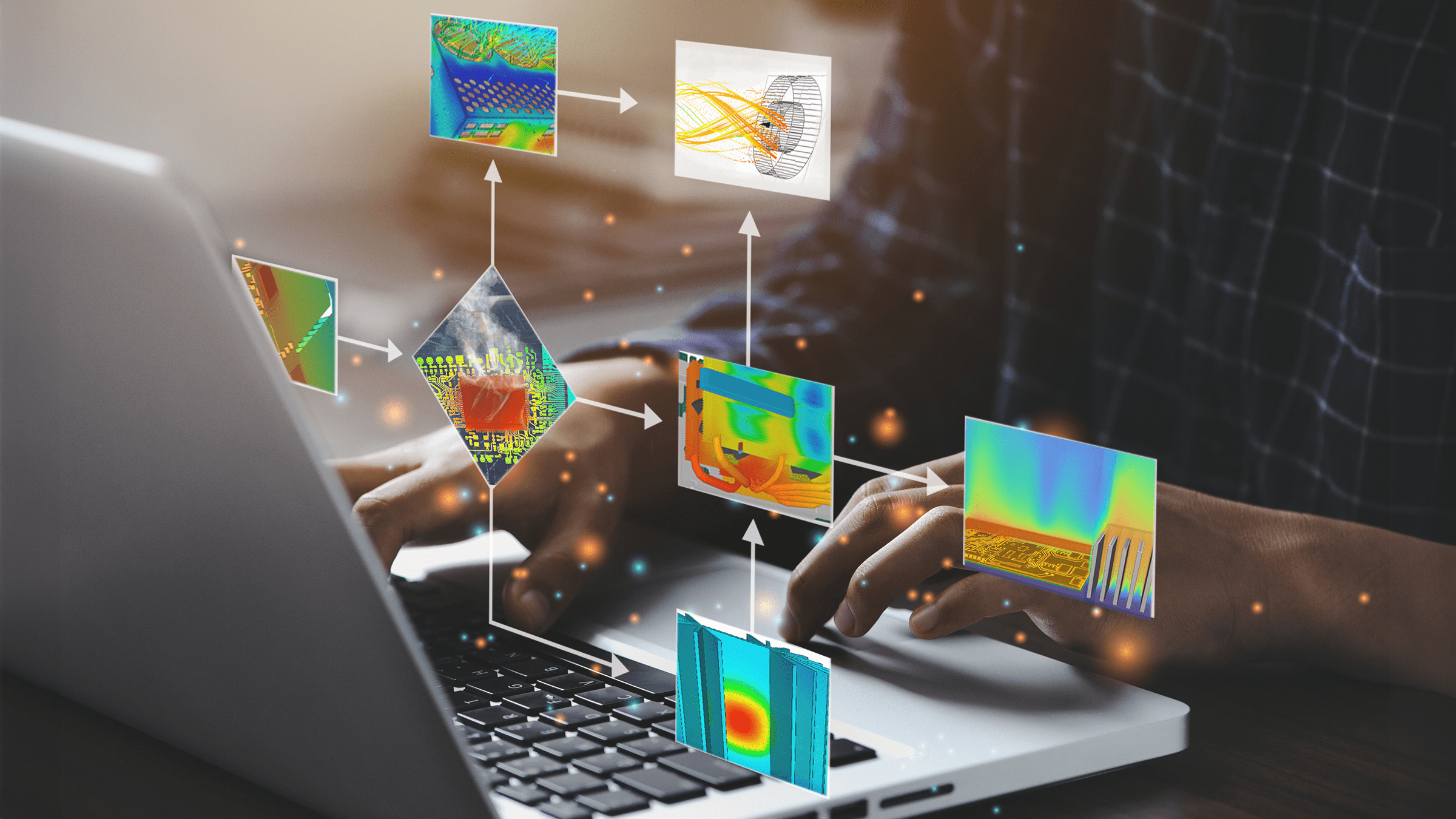
Heat flow – essential knowledge for electronics development
Heat transfer is a fundamental concept in thermodynamics and plays an essential role in many areas of nature and technology. It describes the process by which heat energy flows from a warmer to a colder object. This process can take place in three different ways: heat conduction, convection and heat radiation. Each of these transfer modes is based on different physical principles and is used in different applications.
In modern electronics development, heat management plays a crucial role. With the increasing miniaturisation and power density of electronic components, understanding heat pathways and how to use them efficiently is becoming more and more important. In this article, we will explore the basics of heat transfer in electronic systems and present strategies for optimising heat management.
To manage heat effectively, it is important to first understand the heat paths within an electronic system.
The 3 heat paths
Heat conduction is the process by which heat energy is transferred through a material from a region of higher temperature to a region of lower temperature. This heat path is also referred to as conduction. Heat conduction occurs through the interaction of atoms and molecules in the material. When a part of the material is heated, the particles move faster and transfer their energy to neighbouring, cooler particles. This type of heat transfer occurs most effectively in ‘very solid’ substances, because the molecules are packed more densely and can collide more easily. A classic example of heat conduction is heating a metal rod: when one end of the rod is heated, the heat vibrations spread from molecule to molecule until they reach the colder end.
The efficiency of heat conduction depends on the properties of the material. Metals, for example, are good heat conductors because their atoms are close together and the electrons move freely.

